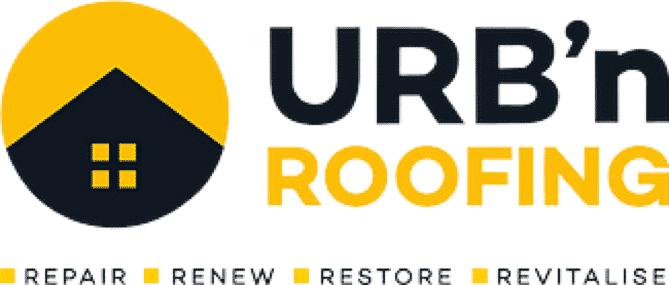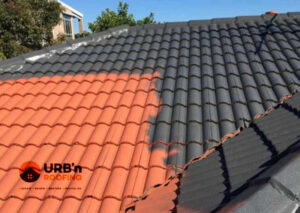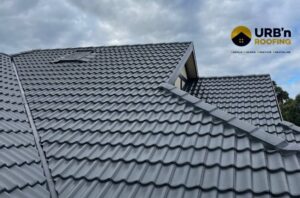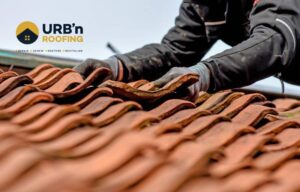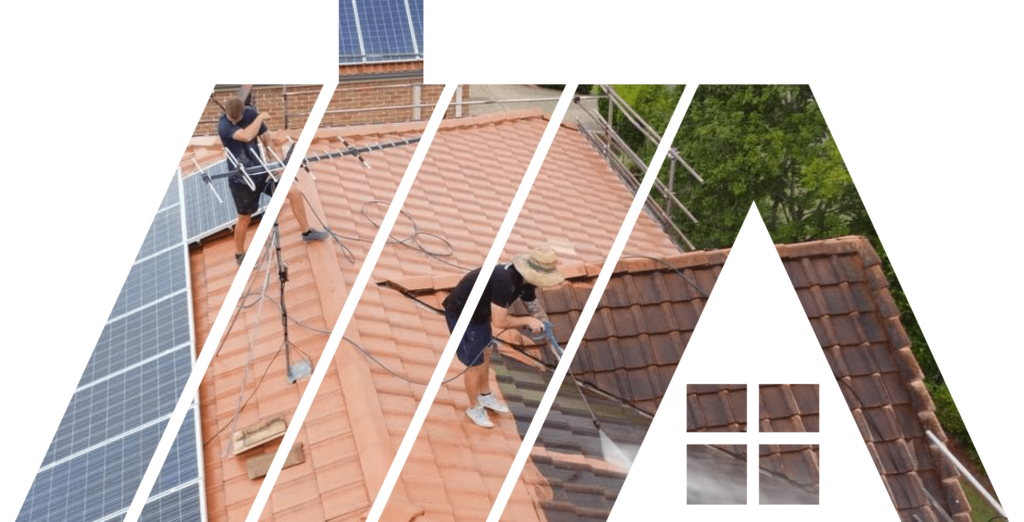Choosing asphalt shingles is a popular choice for homeowners because they are durable and relatively inexpensive. However, heat can damage asphalt shingles, causing them to become brittle and break down over time.
How Does Roof Degradation Take Place?
Your roof will be constantly exposed to the elements, so it’s no surprise that it will eventually start to degrade. The most common cause of roof degradation is weathering. UV rays from the sun can cause the materials in your roof to break down, while wind and rain can also damage your roof over time.
Asphalt shingles are made of petroleum-based asphalt that is mixed with gravel or other materials. This mixture is then heated and formed into shingles. Asphalt shingles are designed to withstand extreme temperatures, but prolonged exposure to heat can cause the asphalt to break down.
When the asphalt breaks down, it can cause the shingles to become brittle and crack. Cracks in the shingles can allow water to seep in, leading to leaks and further damage. In addition, the heat can cause the shingles to warp, making them more likely to blow off in high winds.
How Can a Roof be Damaged?
Are you concerned your roof may be damaged by heat? Here are some signs to look for that may indicate heat damage to your roofing:
- Blistering or peeling of the roofing material: This is perhaps the most obvious sign of heat damage to your roof. If you see signs of the roofing material blistering or peeling, it’s a good idea to have a professional inspect the roof to determine the extent of the damage.
- Cracks in the roofing material: Another sign of heat damage to your roof is finding cracks in the roofing material. These cracks can allow water to enter the home, leading to further damage.
- Sagging of the roof: If the roof is sagging, it’s a sign that the roof’s structural integrity has been compromised. It is a serious issue that should be addressed by a professional as soon as possible.
- Discolouration of the roof: If the roof appears to be discoloured, it’s another sign that the roof has been damaged by heat.
- Missing granules: Granules on the roof help protect the roof from UV rays. If you see signs that the granules are missing, it’s a sign that the roof has been damaged by heat.
If you notice any of these signs, it’s crucial to have a professional inspect the roof to determine the extent of the damage. Heat damage to the roof can be severe and lead to further damage if not addressed.
How to Protect Your Asphalt Shingles From Heat Damage
Keeping your asphalt shingles clean and free of debris is essential to protect them from heat damage. You should also trim and take care of the trees or shrubs close to your home, as they can provide shade and protect your roof from the sun. If you live in an area with high temperatures, you may want to consider installing a reflective roof coating, which can help reflect the sun’s heat away from your home.
Conclusion
Roof degradation due to heat damage is a serious problem that building owners and managers should address. If left unchecked, it can cause the roof to collapse, which can lead to injury or even death. It is therefore important to be aware of the signs of heat damage and to take action to prevent it. Taking steps to improve the insulation and ventilation of the building, as well as regularly inspecting the roof, can help prevent this type of damage from occurring.
If you live in Brisbane and need roofing solutions, we can help. URB’n Roofing is a company located in Brisbane, Australia, that provides roofing services such as repair and restoration. We have professionals to look into your roof, and our company aims to offer services at a reasonable cost. Contact us today!
